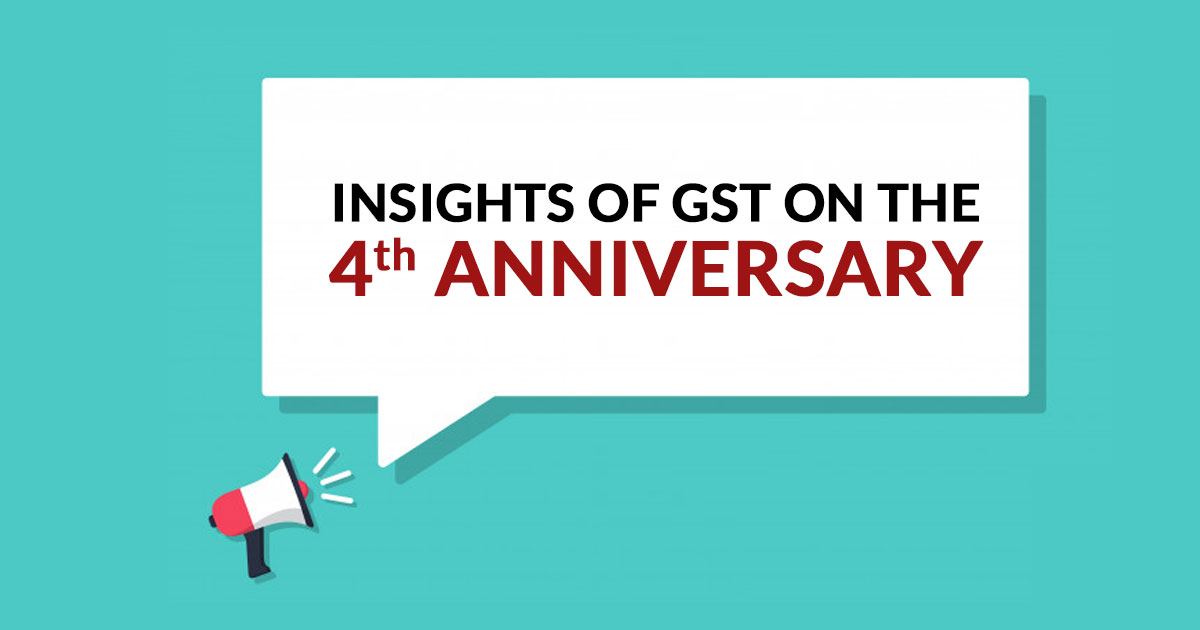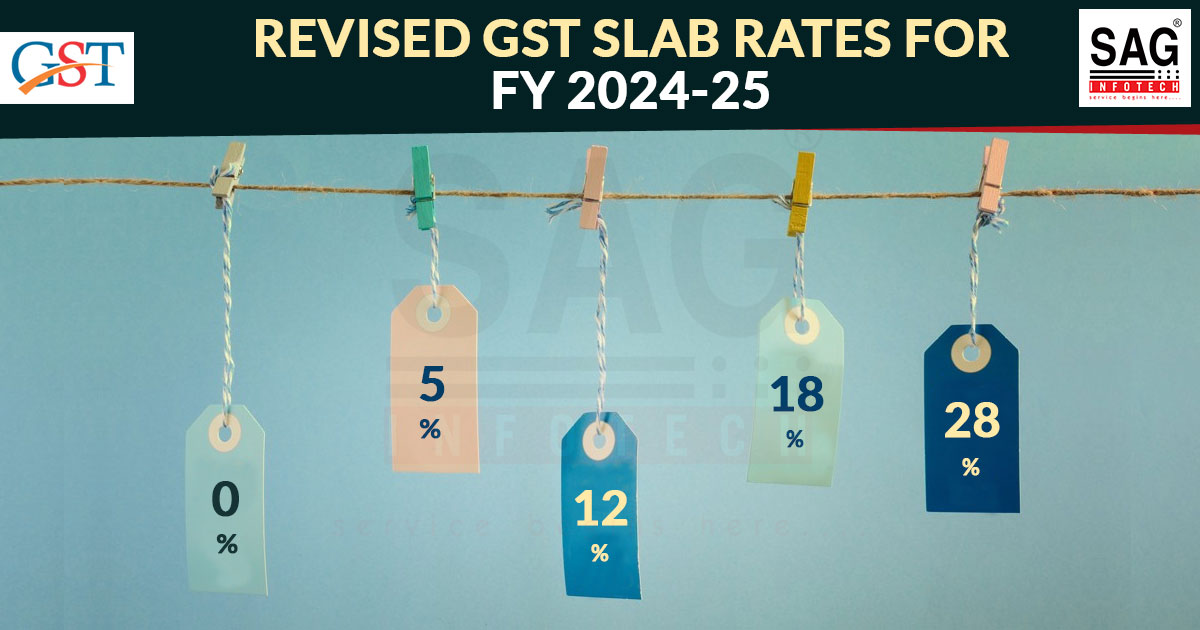
The journey of implementing Goods and Services Tax that started on July 1, 2017 has impacted the lives of the population of India across the length and breadth of Industry. One of the Modi-Governments’s biggest focuses in its agenda is the Goods and Services Tax 2017. Today on the fourth anniversary of GST, there is the question in everyone’s mind — be it policymakers or Common men as to how GST has impacted the lives of people across the country.
Surely, The aforesaid tax reform has replaced multiple Indirect taxes that were imposed by the central and state governments with a uniform GST that has 4 slabs rate 
In a survey that has been conducted for 18,000 businesses present across 171 districts of India by the local circles, 28% of the businesses expressed dissatisfaction while 43% of the businesses were happy with the new tax regime.
Let’s dive into the topic of why there is huge dissatisfaction among 28% of businesses. The factors attributed to dissatisfaction are twin fold:
- The majority of the businesses are facing problems of understanding, logging, and submitting the information on the web portal of GSTN.
- Spending more time on the GST compliances versus pre-GST business taxation
When compared to the era of pre-GST, 64% of the businesses said that their monthly accounting costs have augmented after the implementation of GST while 57% of businesses said matching of invoices between inputs and outputs is the main issue with the GST mechanism.
However, In the past three years, taxpayers have faced several technical issues, for instance, accessing the web portal of GST portal to file the returns, understanding the filing process, and so on. Consequently, this has resulted in delays or difficulties for many businesses. Several times, the union government has extended the due date for furnishing the annual GST returns due to the issue of technical glitches.
Moreover, 57% of the businesses said that the main issue with the GST (Goods and Services Tax) was “matching invoice between outputs and inputs”
Furthermore, in a survey that received 3004 responses, it was found that
- 13% of the businesses faced the problem of “distinct/different registration needed for each state”
- 13% of the businesses faced delays in refunds
- 5% of businesses faced an issue with TDS and TCS
- 12% of businesses does not hold any opinion
Many businesses have raised the following issues:
- Businesses have to depend on suppliers whose delay in the GST compliances have impacted the compliance of the complete supply chain
- There is also a presence of structural issues to pay the GST for their customer invoices The customers mostly Government bodies and large companies at times took 3-6 months in payment of invoices resulting in the presence of a Cash Crunch.
However, before the implementation of the GST, the process of filing an indirect tax return by the taxpayers was independent of the buyer’s or supplier’s return. Under the GST mechanism, businesses have to upload invoices in addition to ensuring input credit claims or else pay the penalty.
To sum up, there have been both pros and cons in the implementation of the GST mechanism across the country.